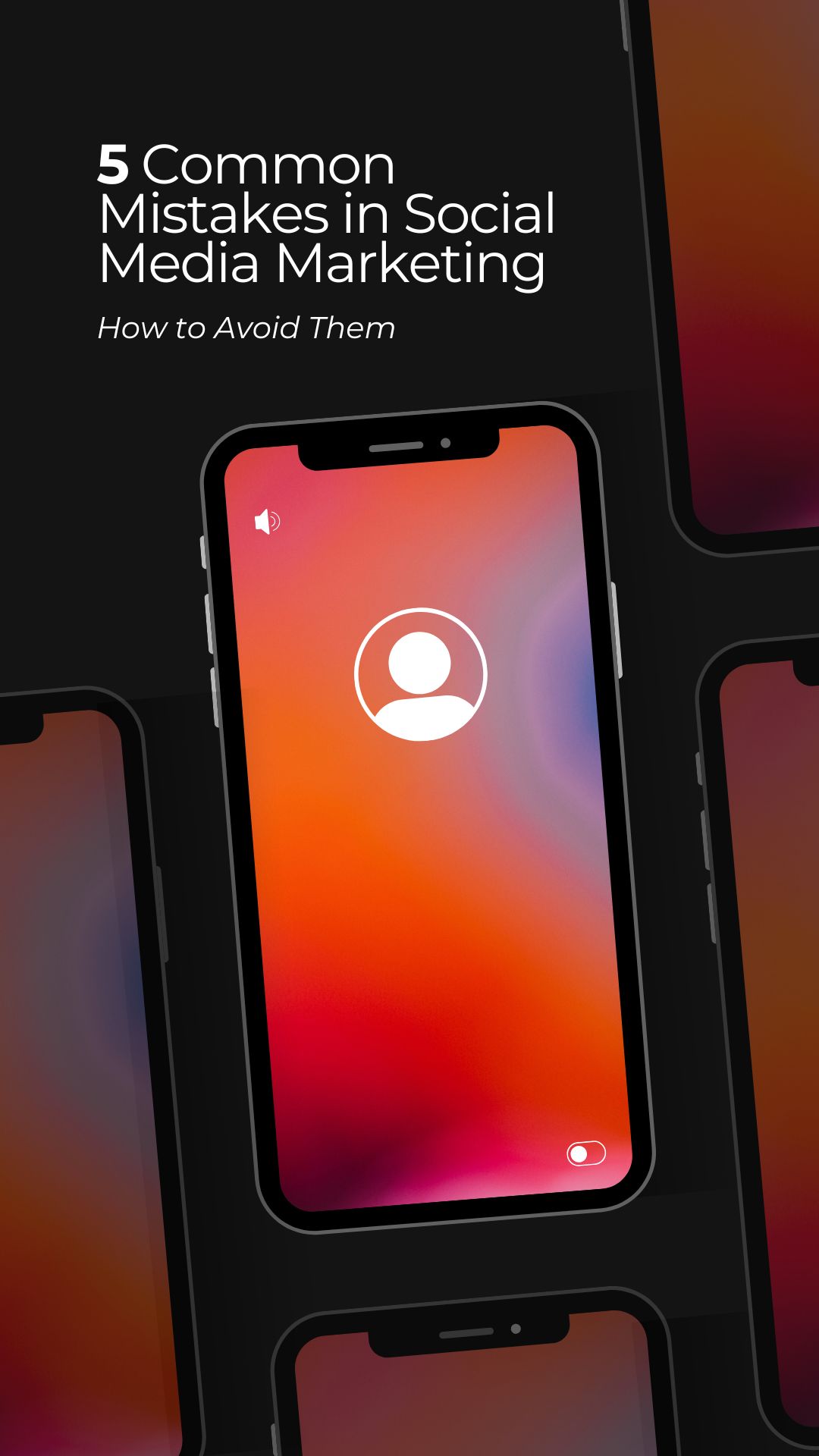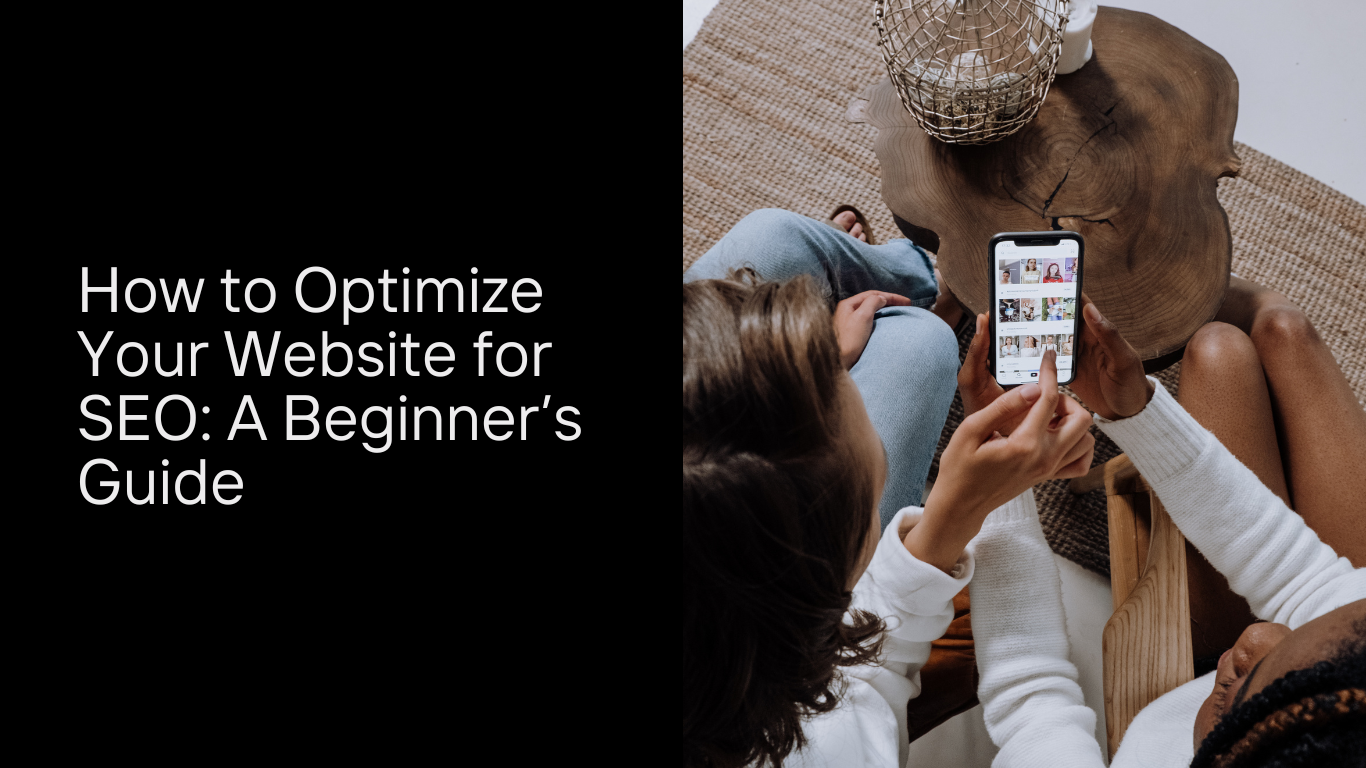Landing pages are crucial for driving conversions in digital marketing. An effective landing page can significantly increase your conversion rates by focusing on a specific goal and guiding visitors towards taking action. Here are the key elements and best practices for creating landing pages that convert:

1. Clear and Compelling Headline
Why It Matters:
- The headline is the first thing visitors see and should immediately communicate the value proposition.
Best Practices:
- Make the headline concise and focused on the main benefit.
- Use strong, action-oriented language to grab attention.
- Ensure the headline aligns with the ad or link that brought the visitor to the page.
2. Strong, Relevant Visuals
Why It Matters:
- Visuals capture attention and help communicate your message quickly.
Best Practices:
- Use high-quality images or videos relevant to the offer.
- Include visuals that illustrate the product or service in use.
- Avoid clutter and ensure visuals enhance the message rather than distract from it.
3. Focused and Benefit-Oriented Copy
Why It Matters:
- The copy should clearly explain the benefits and persuade visitors to take action.
Best Practices:
- Highlight the key benefits and features of your offer.
- Use bullet points for easy readability.
- Address potential objections and provide reassurance.
4. Prominent Call to Action (CTA)
Why It Matters:
- The CTA is the most critical element, guiding visitors towards the desired action.
Best Practices:
- Make the CTA button stand out with a contrasting color.
- Use action-oriented text that tells visitors exactly what to do (e.g., “Get Your Free Trial”).
- Place the CTA above the fold and consider repeating it further down the page.
5. Simple and Concise Form
Why It Matters:
- A complicated form can deter visitors from completing it.
Best Practices:
- Ask only for essential information to minimize friction.
- Use a clear and descriptive form headline.
- Include trust signals like privacy assurances (e.g., “We value your privacy”).
6. Trust Signals and Social Proof
Why It Matters:
- Trust signals build credibility and reduce hesitation.
Best Practices:
- Include testimonials from satisfied customers.
- Display trust badges (e.g., security certifications, industry awards).
- Highlight any media mentions or partnerships with reputable brands.
7. Mobile Optimization
Why It Matters:
- Many visitors will access your landing page from mobile devices.
Best Practices:
- Ensure the landing page is fully responsive and loads quickly on mobile.
- Use large, tappable buttons and simplified forms.
- Test the mobile experience to ensure usability.
8. A/B Testing and Continuous Optimization
Why It Matters:
- Continuous testing helps identify what works best to improve conversions.
Best Practices:
- Test different headlines, visuals, copy, and CTAs.
- Use A/B testing tools to track performance and gather data.
- Regularly review analytics and make data-driven adjustments.
9. Consistent Messaging
Why It Matters:
- Consistency between your ad and landing page reinforces trust and clarity.
Best Practices:
- Ensure the headline, visuals, and copy match the ad or link that brought the visitor to the page.
- Maintain a consistent tone and style.
10. Clear Value Proposition
Why It Matters:
- The value proposition should clearly explain why the visitor should take action.
Best Practices:
- Focus on the unique benefits and advantages of your offer.
- Use specific and tangible benefits rather than vague claims.
- Highlight any urgency or exclusivity (e.g., “Limited Time Offer”).

Conclusion
Creating effective landing pages that convert involves a strategic blend of clear messaging, engaging visuals, strong CTAs, and continuous optimization. By focusing on the user experience and addressing the needs and concerns of your visitors, you can significantly increase your landing page conversion rates and achieve your marketing goals.


































































